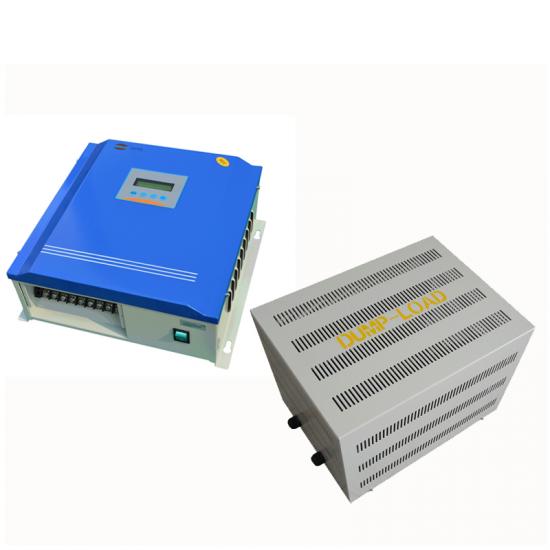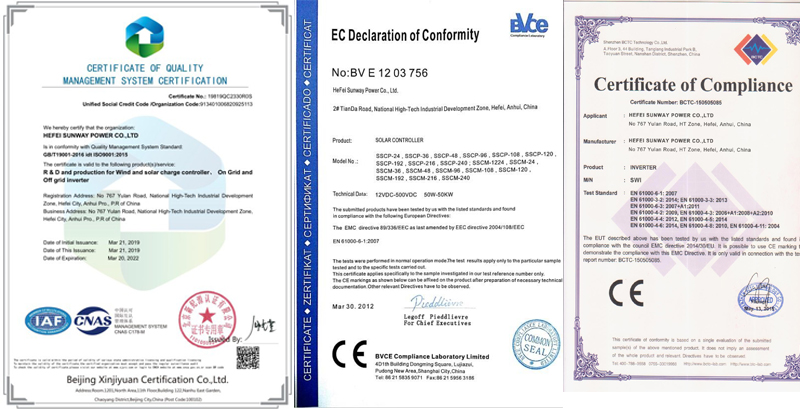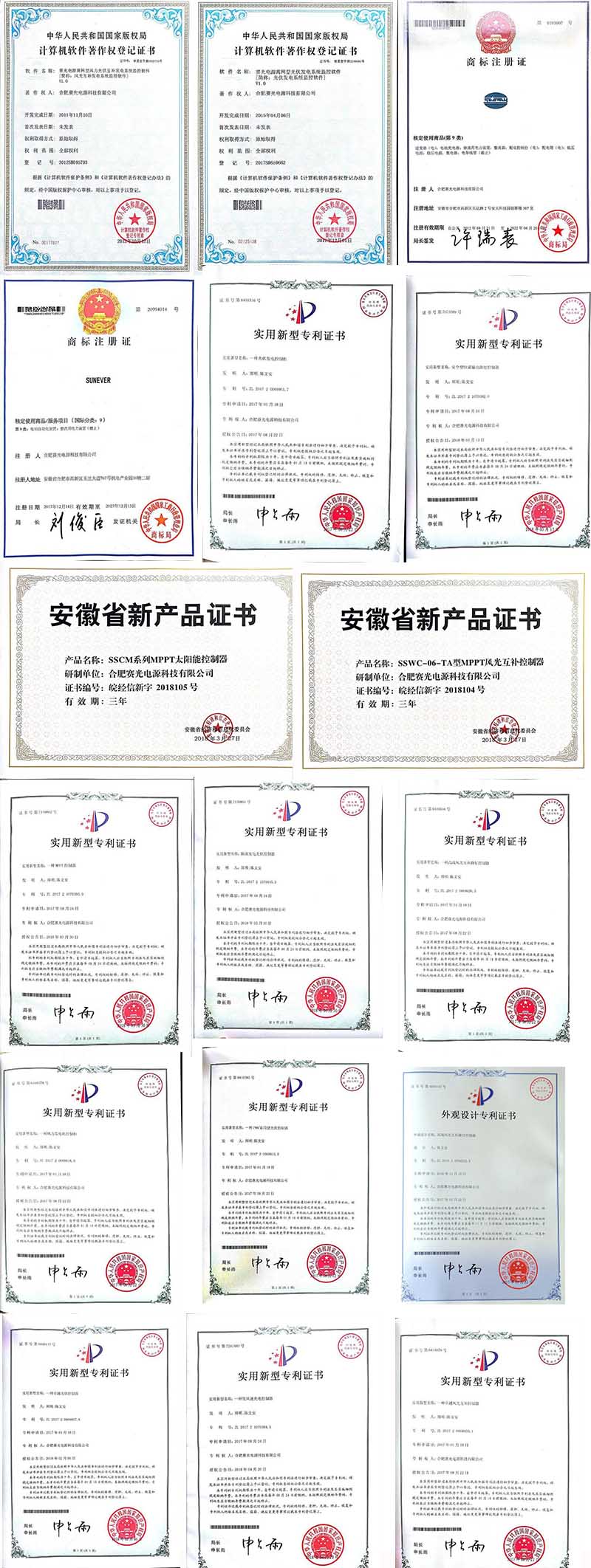As renewable energy adoption accelerates, homeowners and businesses are increasingly asking: Are lithium solar batteries worth integrating into my solar power system? With advancements in lithium iron phosphate (LiFePO4) technology and dramatic cost reductions, lithium-ion batteries have become the gold standard for energy storage—especially our high-performance 25.6V 7.5kWh and 51.2V 15kWh models paired with 3kW, 8kW, or 10kW inverters. Let’s explore why these batteries are a game-changer for energy resilience and sustainability.
1. Unmatched Affordability: From Premium to Mainstream
Gone are the days when lithium batteries were a luxury. Over the past five years, manufacturing innovations and economies of scale have slashed costs by 50%+, making them competitive with older technologies like lead-acid. For example:
- Our 25.6V 7.5kWh battery + 3kW inverter is ideal for small households, providing reliable backup power at a fraction of the price of 2020 systems.
- Despite lower costs, lithium batteries maintain 95% charge efficiency (vs. 80% for lead-acid) and can discharge 90% of capacity without damage. Over their lifespan, lithium batteries often become cheaper than lead-acid within 3–5 years .
Key Search Terms: Affordable Solar Batteries 2025, Cost-Effective Solar Storage
2. Decade-Long Longevity: Outperforming Traditional Batteries
Lithium solar batteries redefine durability:
- Cycle Life: 3,000–5,000+ cycles at 80% depth of discharge (DOD), translating to 10–15 years of use (vs. 5–7 years for lead-acid).
- Maintenance-Free: Tolerate partial charges and self-discharge just 2–3% monthly, unlike lead-acid batteries, which degrade rapidly if not fully charged .
- Heavy-Duty Performance: Our 51.2V 15kWh battery + 8kW/10kW inverter handles high-energy loads (e.g., EV chargers, AC units) for larger homes or businesses, ensuring consistent power during peak demand.
Key Search Terms: Long-Life Solar Batteries, High-Cycle Solar Storage
3. Climate-Resilient Performance (Most Climates)
Lithium-ion batteries thrive in moderate to warm regions, with LiFePO4 chemistry offering better cold-weather tolerance than older lithium variants:
- Temperature Range: Operates efficiently from -20°C to 60°C (vs. lead-acid’s limited range), making it suitable for 90% of North America, Europe, and Asia .
- Compact Design: Our 25.6V 7.5kWh unit is 40% lighter than equivalent lead-acid batteries, simplifying installation.
- Safety: No harmful gas emissions during charging, allowing indoor use—a critical advantage over lead-acid .
Key Search Terms: Cold Weather Solar Battery, Climate-Resilient Energy Storage
4. Scalable Solutions for Every Need
Whether aiming for partial grid independence or full off-grid living, our lithium batteries adapt to your energy goals:
- Entry-Level: 25.6V 7.5kWh + 3kW inverter powers essentials (fridge, lights, Wi-Fi) during outages and maximizes solar self-consumption.
- High-Capacity: 51.2V 15kWh + 8kW/10kW inverter supports large homes or commercial use, handling simultaneous high-wattage devices.
- Expandable: Built-in Battery Management Systems (BMS) ensure safety, while parallel operation lets you add units as needs grow .
Key Search Terms: Scalable Home Battery System, Modular Solar Storage
5. Environmental & Financial Double Win
Lithium batteries deliver both sustainability and savings:
- Green Impact: No toxic heavy metals (unlike lead-acid) and a lower carbon footprint per kWh stored .
- Cost Savings: A home using our 51.2V 15kWh system could reduce grid reliance by 60–80%, saving $500–$1,000 annually on electricity bills. Over 15 years, that’s $7,500–$15,000—more than offsetting the initial investment .
Key Search Terms: Eco-Friendly Solar Storage, Solar Battery ROI
Who Should Invest in Lithium Solar Batteries?
- Homeowners Fighting Peak Pricing: Use stored solar energy during evening rate spikes.
- Off-Grid Enthusiasts: Reliable storage is non-negotiable for remote properties.
- Business Owners: Protect operations from outages with our 10kW inverter setup.
- Eco-Conscious Consumers: Minimize fossil fuel use while future-proofing against grid costs.














